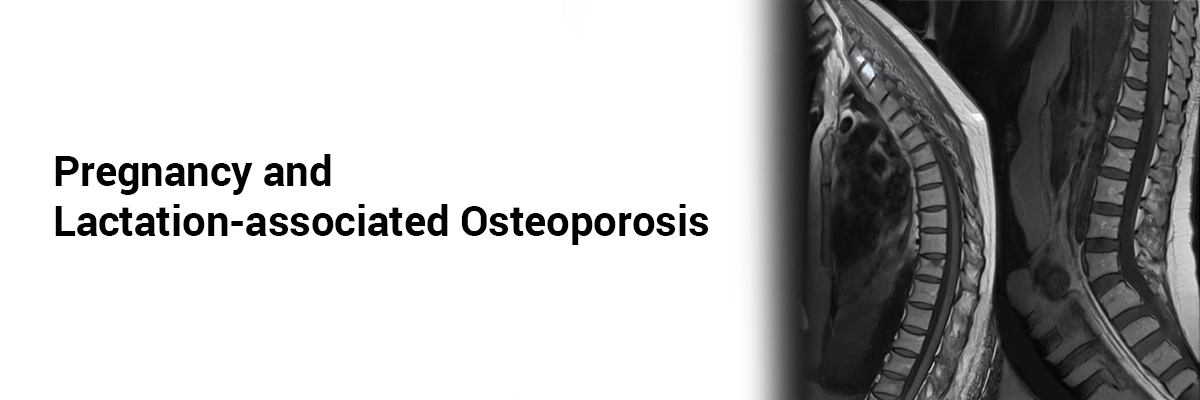
Pregnancy and Lactation-associated Osteoporosis
The estimated pregnancy and lactation-associated osteoporosis incidence is 460 per 1 million deliveries, according to a study published in the journal BMC Pregnancy and Childbirth. Vertebral fracture the most common type of fracture associated with premenopausal osteoporosis occurring in almost 80% of the women.
Researchers from the Shiga University of Medical Science and the Kobe Pharmaceutical University in Japan conducted this study to assess treatment options for pregnancy and lactation-associated osteoporosis and to characterize its clinical characteristics as a subgroup of premenopausal osteoporosis. For this they categorized women for whom the date of birth had been determined and who had experienced a low-trauma fracture between the ages of 18 and 47 years as the premenopausal osteoporosis group based on data from an administrative claims database of 4,224,246 Japanese individuals. The pregnancy and lactation-associated osteoporosis (PLO) site was defined as a fracture site where the odds ratio for fractures occurring during 5 months preceding and 12 months post-childbirth was larger than one.
Patients who had fractures at the PLO site around childbirth were categorized as belonging to the PLO group. Five hundred women who did not have fragility fractures were included as a control group. In order to study fracture-causing factors, the researchers examined a number of medications and illnesses as well as medical therapies such lactation inhibitors, anti-osteoporosis medication, osteoporosis diagnostics, and bone densitometry.
A total of 231 parous women were identified as having Premenopausal osteoporosis. Vertebral fracture was the most frequently occurring fracture, and was more likely to happen during labor. The next most common fractures were sacral and distal radius fractures; however, these fractures were rare during childbirth. The vertebral, pelvic, and proximal femoral fractures were considered as the PLO sites and 56 women with 57 PLO fractures were categorized into the PLO group. An estimated 460 PLO cases were reported for every million deliveries.
Among women with PLO, 78.9% had vertebral fracture. It was primarily detected many months—possibly even up to a year—after childbirth. Medical interventions for PLO patients with vertebral fractures were more extensive than for those with other fractures, but they were still insufficient.
This study suggests that PLO is more widespread than previously thought, which means that a lot of patients may go unnoticed in clinical settings. Healthcare professionals need to be more aware of the risk of PLO in women around childbirth. Bone densitometry is one of the enhanced screening techniques that may be able to assist detection of latent PLO. For patients with premenopausal osteoporosis, early and adequate care of PLO could considerably improve results and perhaps lower the risk of future fractures.
Reference
Kasahara K, et al. Pregnancy and lactation-associated osteoporosis as a major type of premenopausal osteoporosis: a retrospective cohort study based on real-world data. BMC Pregnancy Childbirth. 2024 Apr 22;24(1):301. doi: 10.1186/s12884-024-06520-0.













Please login to comment on this article